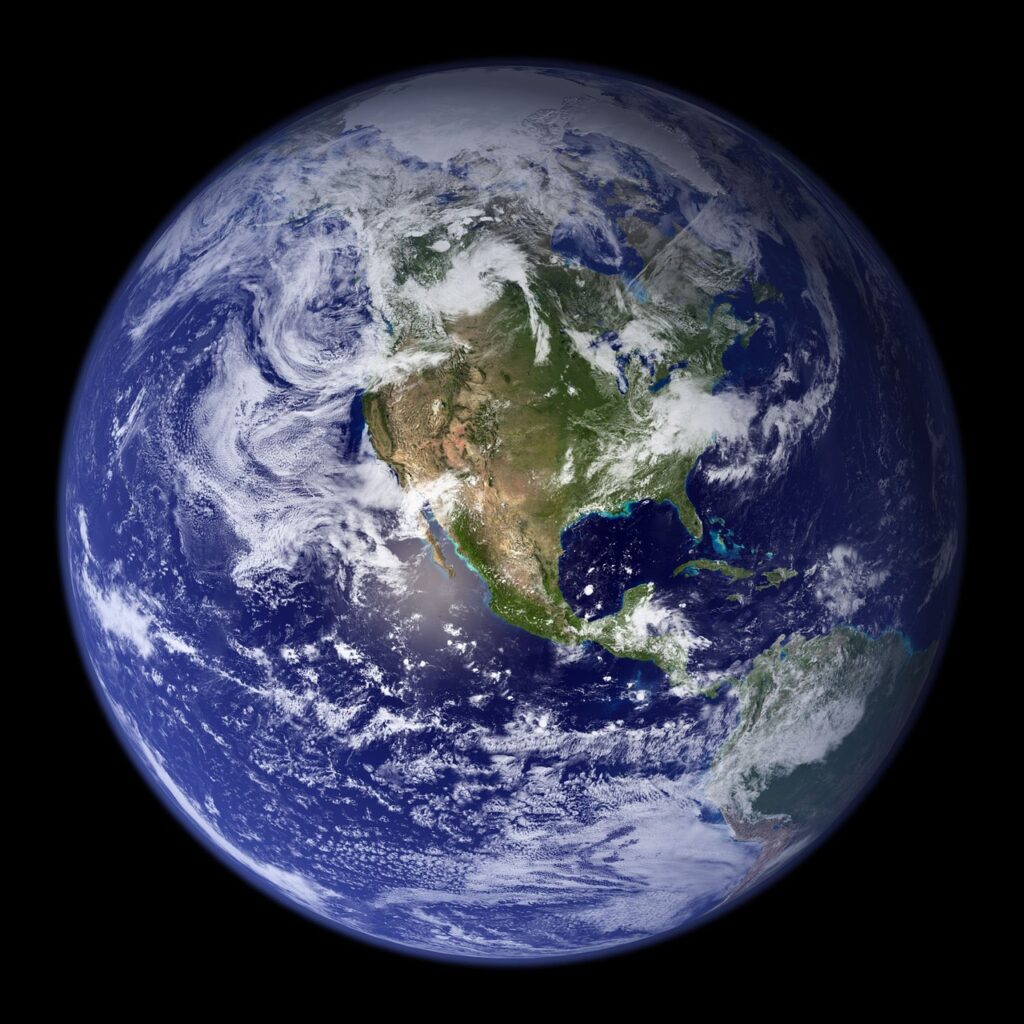Why do earthquakes happen ! Which country has the most earthquakes?
Understanding Earthquakes: Causes, Mechanisms, and Impacts:-
Earthquakes occur due to the sudden release of energy in the Earth’s crust, resulting in seismic waves. The Earth’s crust is divided into several large and small tectonic plates that are constantly moving, albeit very slowly. When these plates interact, they can build up stress and pressure along their boundaries.
There are three main types of plate boundaries:
1: Convergent Boundaries: These occur when two plates collide or move towards each other. One plate is usually forced beneath the other in a process called subduction. The intense pressure and friction between the plates cause rocks to deform and accumulate stress. Eventually, the stress becomes too great, and it is released as an earthquake.
2: Divergent Boundaries: These boundaries form when two plates move away from each other. Magma rises from the underlying mantle, creating new crust as it cools and solidifies. The separation and movement of the plates can generate earthquakes as the rocks fracture and adjust to the new stresses.
3: Transform Boundaries: These boundaries occur when two plates slide horizontally past each other. The movement of the plates is not smooth, and they can become locked due to friction. When the stress along the locked boundary becomes too high, it is suddenly released in the form of an earthquake.
The energy released during an earthquake propagates as seismic waves, which cause the ground to shake. The magnitude of an earthquake is determined by the amount of energy released, and it is measured using instruments such as seismographs. The effects of an earthquake can range from minor shaking to severe ground displacement, depending on its magnitude and depth.
It’s important to note that while plate tectonics is the primary cause of earthquakes, other factors such as volcanic activity, landslides, and human activities like mining and reservoir-induced seismicity can also induce earthquakes. However, the majority of earthquakes are associated with plate tectonics and the movement of the Earth’s crustal plates.
Which country has the most earthquakes?

Several countries are prone to earthquakes due to their geographical locations along tectonic plate boundaries. However, the specific ranking of countries with the most earthquakes can vary depending on the time period and the magnitude threshold considered. The following countries are known to have a relatively high frequency of earthquakes:
1 – Japan: Situated in the Pacific Ring of Fire, an area known for intense seismic activity, Japan experiences numerous earthquakes. It sits at the junction of several tectonic plates and is known for its subduction zones, where one plate is forced beneath another.
2 – Indonesia: As the world’s largest archipelago, Indonesia is located along the Pacific Ring of Fire and experiences frequent earthquakes. It is characterized by subduction zones, volcanic activity, and a complex tectonic setting.
3 – Chile: Chile is situated on the western edge of South America, along the boundary between the Nazca Plate and the South American Plate. This region experiences significant tectonic activity, including subduction zones and frequent earthquakes.
4 – China: China has a vast territory that encompasses different tectonic settings, including convergent plate boundaries, active faults, and seismic zones. The country experiences numerous earthquakes, particularly in regions such as Sichuan, Yunnan, and Xinjiang.
5 – Turkey: Turkey is located near the boundary between the Eurasian Plate and the Arabian Plate. The country is prone to earthquakes due to the collision and convergence of these plates, resulting in complex tectonic activity.
It’s important to note that seismic activity can occur in various regions worldwide. While these countries are notable for their higher frequency of earthquakes, many other regions, such as the western United States, Mexico, New Zealand, and parts of Europe, also experience significant seismic activity.
Others Social Media Link :-


